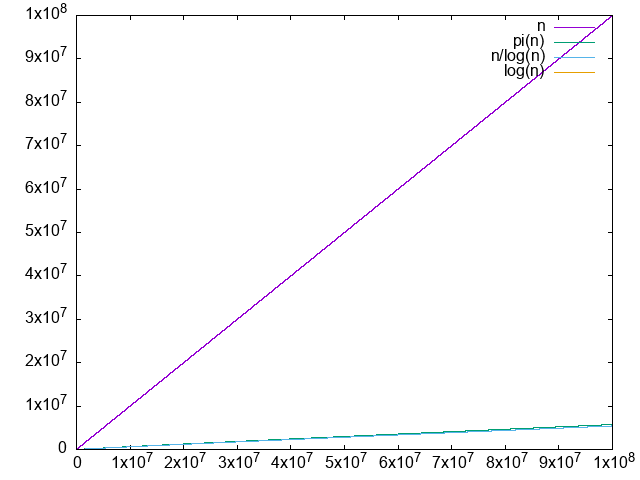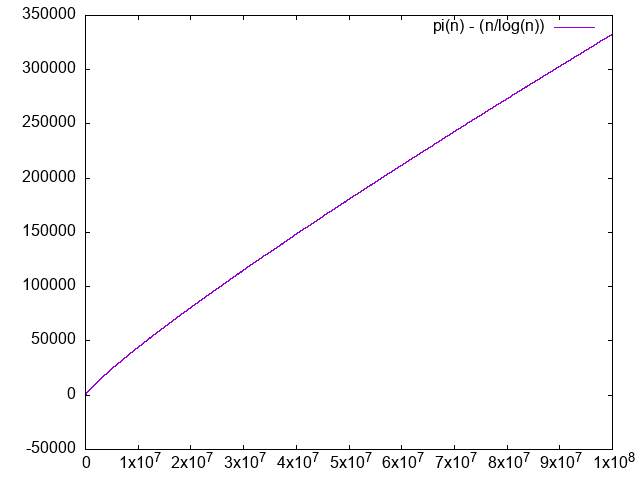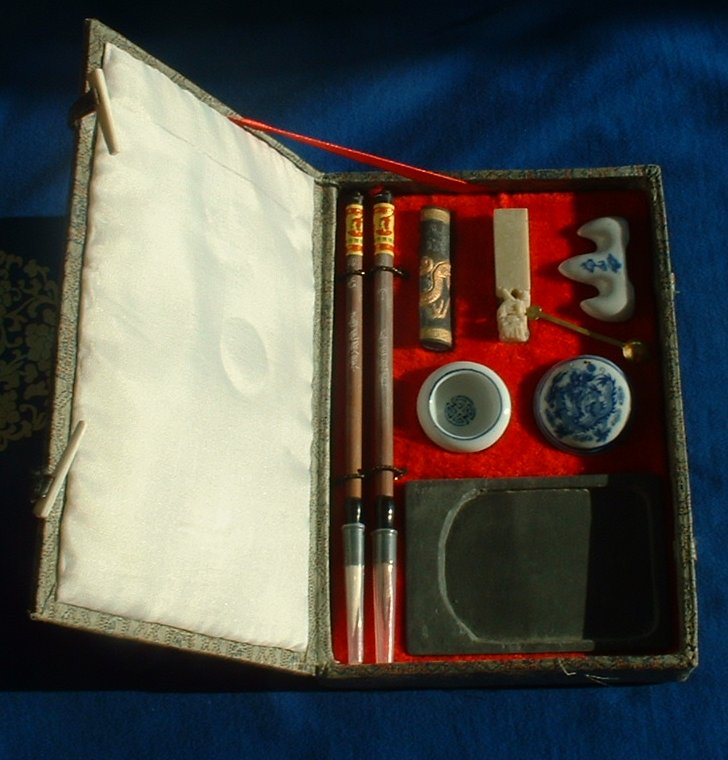Lie algebra of Updated 2025-07-16
We can reach it by taking the rotations in three directions, e.g. a rotation around the z axis:then we derive and evaluate at 0: therefore represents the infinitesimal rotation.
Note that the exponential map reverses this and gives a finite rotation around the Z axis back from the infinitesimal generator :
Repeating the same process for the other directions gives:We have now found 3 linearly independent elements of the Lie algebra, and since has dimension 3, we are done.
Lie bracket of a matrix Lie group Updated 2025-07-16
Because the Lie bracket has to be a bilinear map, all we need to do to specify it uniquely is to specify how it acts on every pair of some basis of the Lie algebra.
Then, together with the Baker-Campbell-Hausdorff formula and the Lie group-Lie algebra correspondence, this forms an exceptionally compact description of a Lie group.
Lie group bibliography Updated 2025-07-16
Lie Groups, Physics, and Geometry by Robert Gilmore (2008) Updated 2025-07-16
The author seems to have uploaded the entire book by chapters at: www.physics.drexel.edu/~bob/LieGroups.html
And the author is the cutest: www.physics.drexel.edu/~bob/Personal.html.
Overview:
- Chapter 3: gives a bunch of examples of important matrix Lie groups. These are done by imposing certain types of constraints on the general linear group, to obtain subgroups of the general linear group. Feels like the start of a classification
- Chapter 4: defines Lie algebra. Does some basic examples with them, but not much of deep interest, that is mostl left for Chapter 7
- Chapter 5: calculates the Lie algebra for all examples from chapter 3
- Chapter 6: don't know
- Chapter 7: describes how the exponential map links Lie algebras to Lie groups
Light-emitting diode Updated 2025-07-16
How LEDs work by VirtualBrain
. Source. 2021. Good 3d schematics clearly explaining part of the LED electronic package. Lin Chong scene Updated 2025-07-16
Lance instructor of the 800,000 Imperial Guards (八十万禁军枪棒教头). TODO understand the "枪棒" part: zhidao.baidu.com/question/206659649.html.
The adopted son of Gao Qiu wanted to fuck his wife, and because of this they frame him of planning to take revenge by killing Go Qiu, even though Lin Chong had decided not to take revenge to avoid harming his wife further.
They just keep trying to kill him, until at one point he just gives up and becomes a fugitive.
His story is well told in The Water Margin.
Linear differential equation Updated 2025-07-16
The name is a bit obscure if you don't think in very generalized terms right out of the gate. It refers to a linear polynomial of multiple variables, which by definition must have the super simple form of:and then we just put the unknown and each derivative into that simple polynomial:except that now the are not just constants, but they can also depend on the argument (but not on or its derivatives).
Explicit solutions exist for the very specific cases of:
- constant coefficients, any degree. These were known for a long time, and are were studied when Ciro was at university in the University of São Paulo.
- degree 1 and any coefficient
prime-number-theorem Updated 2025-07-16
Consider this is a study in failed computational number theory.
The approximation converges really slowly, and we can't easy go far enough to see that the ration converges to 1 with only awk and primes:Runs in 30 minutes tested on Ubuntu 22.10 and P51, producing:
sudo apt intsall bsdgames
cd prime-number-theorem
./main.py 100000000. It is clear that the difference diverges, albeit very slowly.
. We just don't have enough points to clearly see that it is converging to 1.0, the convergence truly is very slow. The logarithm integral approximation is much much better, but we can't calculate it in awk, sadface.
But looking at: en.wikipedia.org/wiki/File:Prime_number_theorem_ratio_convergence.svg we see that it takes way longer to get closer to 1, even at it is still not super close. Inspecting the code there we see:so OK, it is not something doable on a personal computer just like that.
(* Supplement with larger known PrimePi values that are too large for \
Mathematica to compute *)
LargePiPrime = {{10^13, 346065536839}, {10^14, 3204941750802}, {10^15,
29844570422669}, {10^16, 279238341033925}, {10^17,
2623557157654233}, {10^18, 24739954287740860}, {10^19,
234057667276344607}, {10^20, 2220819602560918840}, {10^21,
21127269486018731928}, {10^22, 201467286689315906290}, {10^23,
1925320391606803968923}, {10^24, 18435599767349200867866}}; python/sphinx/virtual_method Updated 2025-07-16
python/typing_cheat/hello.py Updated 2025-07-16
The hello world!
Finite field Updated 2025-07-16
A convenient notation for the elements of of prime order is to use integers, e.g. for we could write:which makes it clear what is the additive inverse of each element, although sometimes a notation starting from 0 is also used:
For non-prime order, we see that modular arithmetic does not work because the divisors have no inverse. E.g. at order 6, 2 and 3 have no inverse, e.g. for 2:we see that things wrap around perfecly, and 1 is never reached.
Finite fields made easy by Randell Heyman (2015)
Source. Good introduction with examples Finite general linear group Updated 2025-07-16
general linear group over a finite field of order . Remember that due to the classification of finite fields, there is one single field for each prime power .
Exactly as over the real numbers, you just put the finite field elements into a matrix, and then take the invertible ones.
Flash memory Updated 2025-07-16
The Engineering Puzzle of Storing Trillions of Bits in your Smartphone / SSD using Quantum Mechanics by Branch Education (2020)
Source. Nice animations show how quantum tunnelling is used to set bits in flash memory. Form of government Updated 2025-07-16
Rasselas Prince of Abyssinia CHAPTER VIII www.gutenberg.org/cache/epub/652/pg652-images.html:
Oppression is, in the Abyssinian dominions, neither frequent nor tolerated; but no form of government has been yet discovered by which cruelty can be wholly prevented. Subordination supposes power on one part and subjection on the other; and if power be in the hands of men it will sometimes be abused. The vigilance of the supreme magistrate may do much, but much will still remain undone. He can never know all the crimes that are committed, and can seldom punish all that he knows.
Fourier transform Updated 2025-07-16
Continuous version of the Fourier series.
Can be used to represent functions that are not periodic: math.stackexchange.com/questions/221137/what-is-the-difference-between-fourier-series-and-fourier-transformation while the Fourier series is only for periodic functions.
Therefore, the Fourier transform can be seen as a generalization of the Fourier series that can also decompose functions defined on the entire real line.
As a more concrete example, just like the Fourier series is how you solve the heat equation on a line segment with Dirichlet boundary conditions as shown at: Section "Solving partial differential equations with the Fourier series", the Fourier transform is what you need to solve the problem when the domain is the entire real line.
Four Treasures of the Study Updated 2025-07-16
University entry exam Updated 2025-07-16
They mean that until you are 18, you have to study a bunch of generic crap you hate just to get into university. Rather than studying whatever it is that you truly love to become a God at it as fast as possible and have any chance of advancing the field.
And then, if you decide that you want to change, which is not unlikely since you haven't really try to study what you signed up for before then, it can be very hard and time consuming, leading to a bunch of adults with useless degress they will never use at work.
University has become a luxury item Updated 2025-07-16
medium.com/left-right/the-education-system-is-about-to-implode-5c95f774b523 The Education System is About to Implode by Nicholas Budny (2020)
Stanford, MIT, Harvard and Oxford are luxury goods in the same sense that a Mercedes-Benz might be, or the latest iPhone. They sell an aesthetic experience that provides the consumer with social status, similar to acquiring expensive clothes or a fancy house.
Bar scene from Good Will Hunting
. Source. This scene is way way overdone. But: University is broken Updated 2025-07-16
You just have to spend a few minutes with students until they complain about the courses or teachers. And you just have to spend a few hours with teachers until they complain about the students or broader system.
University is broken, and everyone knows it. The only question now is finding a viable, "political cash flow positive" path, into something better.
Bibliography:
- academeblog.org/2022/10/05/american-universities-are-going-to-implode/ American Universities Are Going to Implode (2022) by www.linkedin.com/in/jsgabin/
- theimaginativeconservative.org/2020/04/higher-education-implode-alexander-zubatov.html Higher Education Is About to Implode by Alexander Zubatov (2020)
- 2024-05-28 www.theguardian.com/education/article/2024/may/28/i-see-little-point-uk-university-students-on-why-attendance-has-plummeted ‘I see little point’: UK university students on why attendance has plummetedGive it to me, baby. OurBigBook incoming.
"There’s a bit of a feeling that there is just box-ticking going on [among students], and getting a degree at the end of it."
Unmigrated sections of the old version of Ciro Santilli's website Updated 2025-07-16
It is interesting to see how your own ideas shift with time, and Ciro Santilli doesn't think the following are very important anymore, so he was lazy to migrate them.
Unlisted articles are being shown, click here to show only listed articles.



